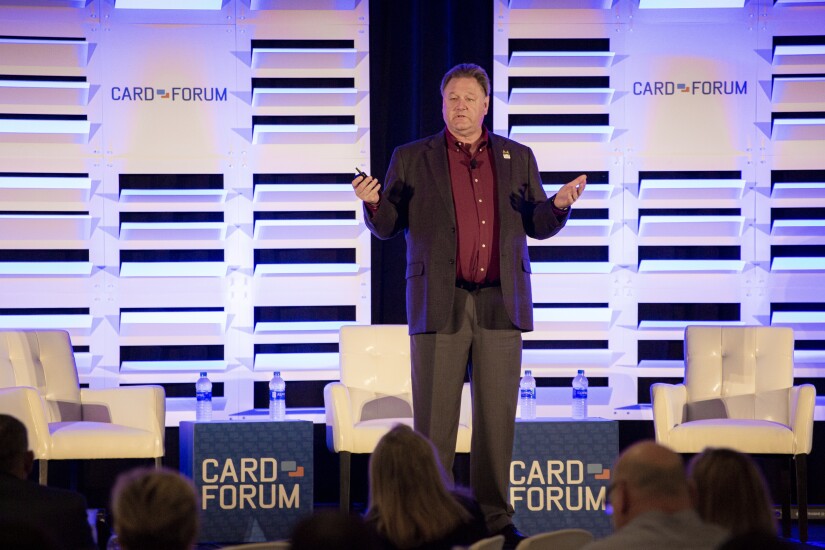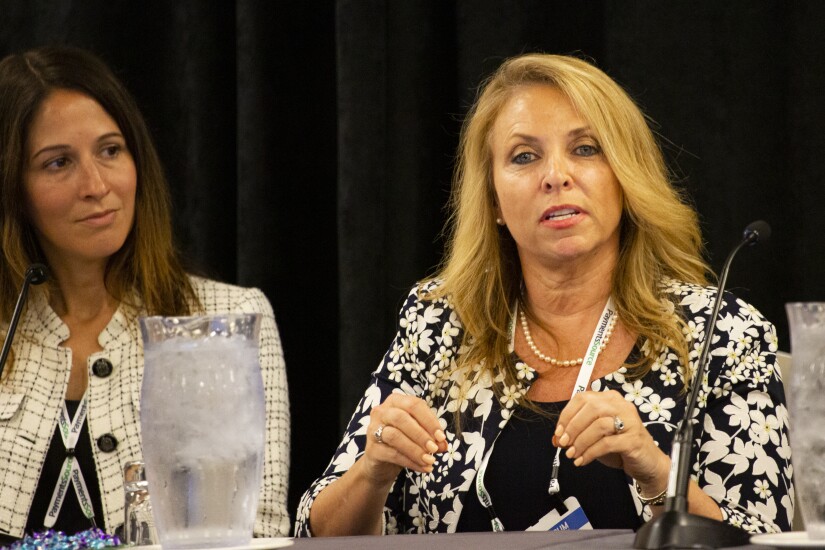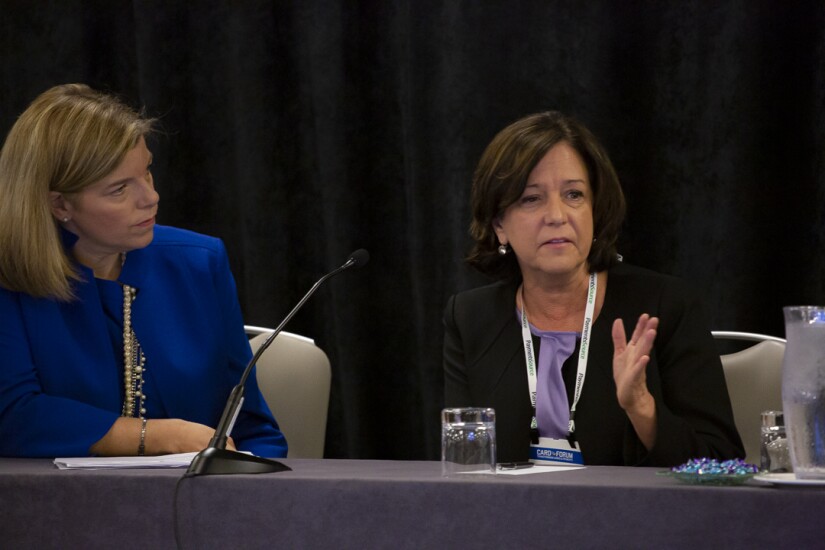SourceMedia's annual Card Forum is a place where the payments industry's key decision-makers gather to share their research and expertise.
This year's event, held May 21-23 in New Orleans, was no exception. Top executives from banks, card brands, credit unions, fintechs and more weighed in on the major issues and innovations for the payments industry.













